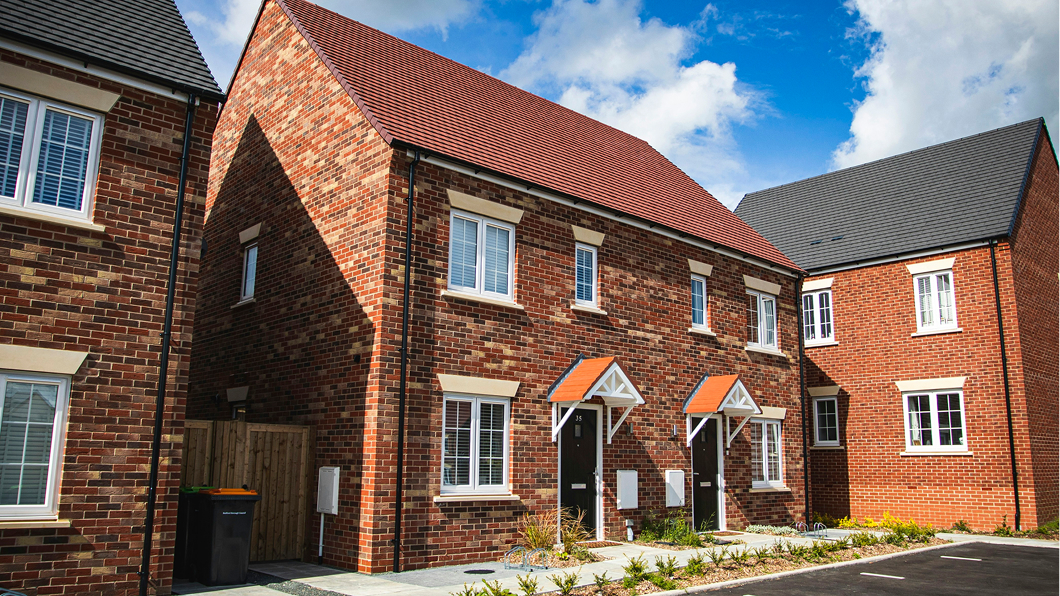If you’re looking to access some of the equity that’s built up in your home – perhaps to pay for home improvements, for example – there are several ways to do so.
One of the most popular ways is to remortgage your property. But another, more flexible option, is to apply for a home equity line of credit, or HELOC. This guide explains the key differences of both options to help you make the right decision.
How can I remortgage to access equity?
If your home has increased in value over the years or you paid down the mortgage over time, you might want to release some of that equity by remortgaging. To do this, you’ll need to re-submit a full application to your original lender or another one. Let’s say your property is worth £500,000 and you have an outstanding mortgage of £200,000. If you want to release £40,000 of equity to pay for extensive home renovations, you will need to ask your lender to remortgage for £240,000 rather than £200,000.
Once your lender has agreed to your remortgage, you then repay the amount borrowed in monthly instalments over your mortgage term.
However, while this can be convenient, one of the downsides of remortgaging is that it can be expensive if you want to overpay, as early repayment charges usually apply during the fixed period. You will also need to factor in costs such as a product or arrangement fee or solicitors’ fees, which can be substantial.
What are the pros and cons of remortgaging?

Pros
- You can unlock cash to use however you want
- You might be able to remortgage to a lower interest rate
- You’ll only have one repayment to make each month as you’re not taking out a separate loan to borrow more
Cons
- As you’re borrowing more, your monthly repayments will likely increase
- You’ll need to pay remortgage fees and potentially an early repayment charge
- You can only borrow a fixed sum
How can I use a HELOC to access equity?
A HELOC is a more flexible, and potentially cheaper, way to unlock the value in your home. Rather than choosing to release a specific sum, you borrow against the equity in your home and receive the funds as a line of credit. This enables you to draw on the funds as and when required over a period of up to five years, the “flexible period”. You’ll only pay interest on the amount you use, so any funds you leave untouched won’t accrue interest nor repayments.
After the flexible period, the facility switches to a standard term loan allowing you to pay the balance over a longer period of time. However, should you wish to repay the loan earlier, you can do so without paying any early repayment charges (ERCs).
With the Selina Finance HELOC, you will only pay a one-off product fee of £1,395. In most cases, there are no valuation fees.
What are the pros and cons of a HELOC?
Pros
- You can access your approved credit limit for up to five years
- Only pay interest on the amount you actually use
- Funds can be used however you want (exceptions apply, such as gambling)
- There are no early repayment charges
Cons
- Your home is at risk if you can’t keep up with repayments
- You will need a good credit rating to get accepted
- You would have two monthly repayments, one for your HELOC and one for your mortgage
When is a HELOC better than remortgaging?
One of the biggest advantages of using a HELOC over remortgaging is that it can be repaid over a shorter time frame (if you’ve got the cash), as there are no early repayment charges for repaying the loan before the end of the term. Paying back the loan early will reduce the total amount of interest you pay.
In comparison, most mortgages only allow you to overpay by 10% of your balance per year and a fee will apply to any amount over this limit. This usually applies to the fixed term of the mortgage.
A HELOC can also be a better option for those who need to cover ongoing, unpredictable expenses – for example, if you’re carrying out major home improvements – as you can draw on the funds as and when you need them for up to five years.
HELOC vs remortgaging: which is right for me?
Before deciding which option is right for you, you should consider how much cash you need and what you want to use those funds for. With both options, this will be subject to the amount of equity you have in your property. It’s also sensible to seek financial advice before making your decision.
If there’s any uncertainty over how much you might spend, a HELOC might be a more suitable choice. Don’t forget to also factor in additional costs such as product fees when weighing up your options.
Note that whether you’re remortgaging or applying for a HELOC, approval will be based on the lender’s criteria (including a good credit rating).
Finally, if you decide to apply for a HELOC, you’ll be contacted by a personal adviser to discuss your options and make a product recommendation.
Think carefully before securing other debts against your home. Your home may be repossessed if you don’t keep up repayments on a mortgage or any other debt secured on it.






